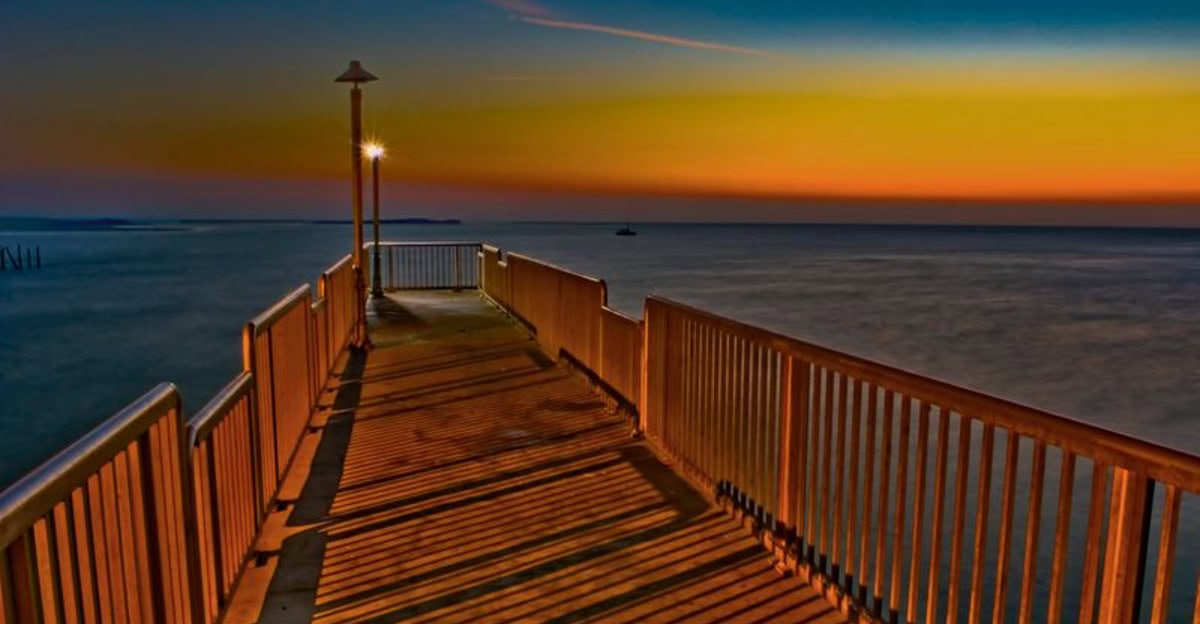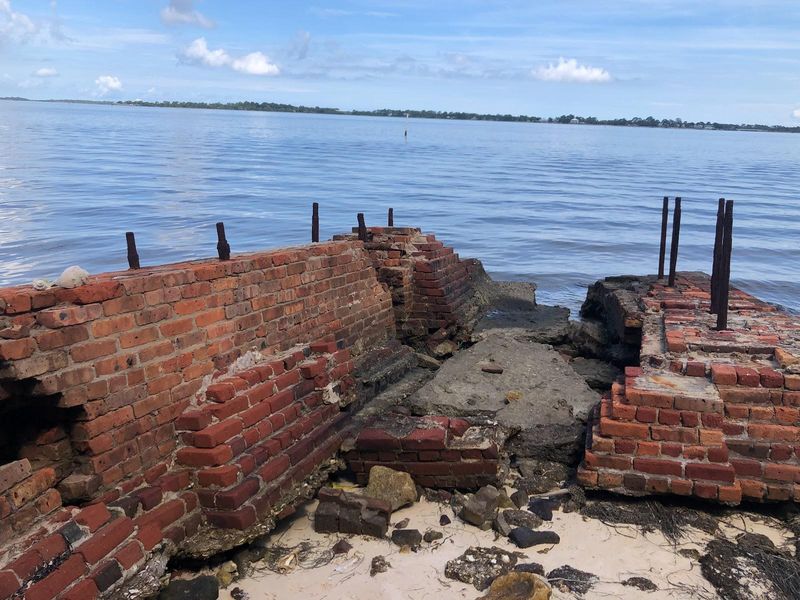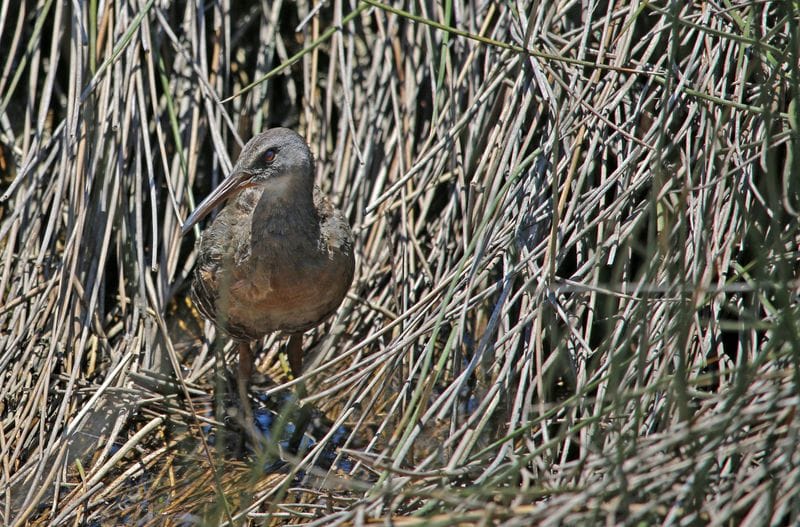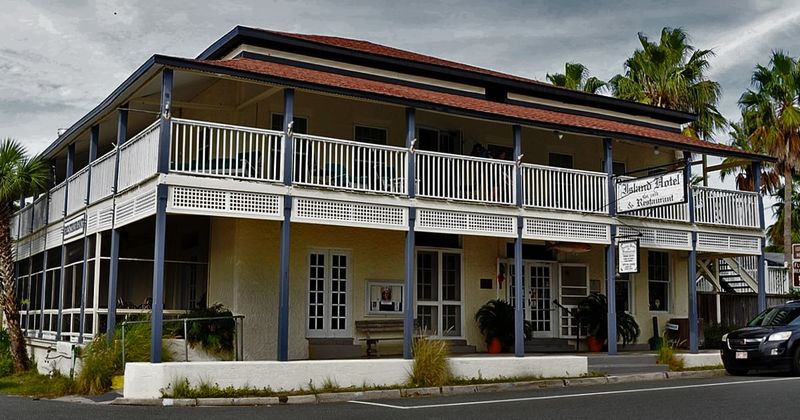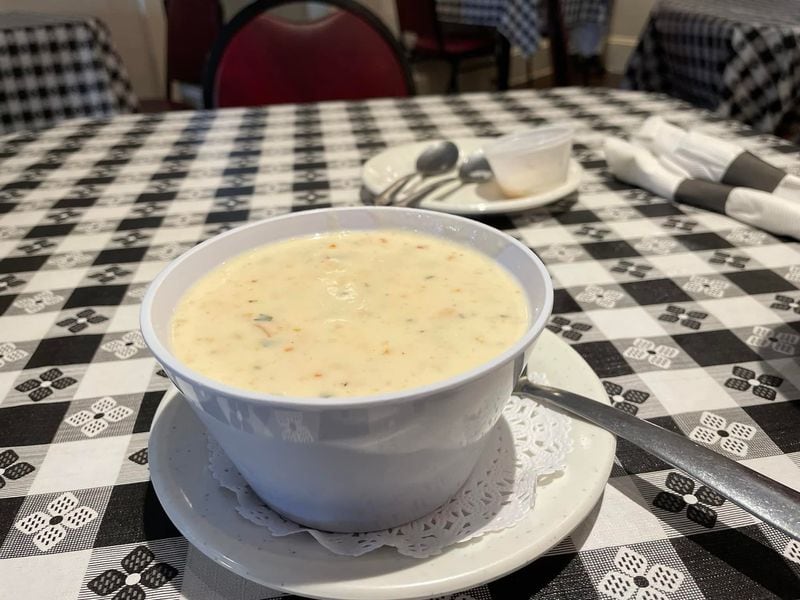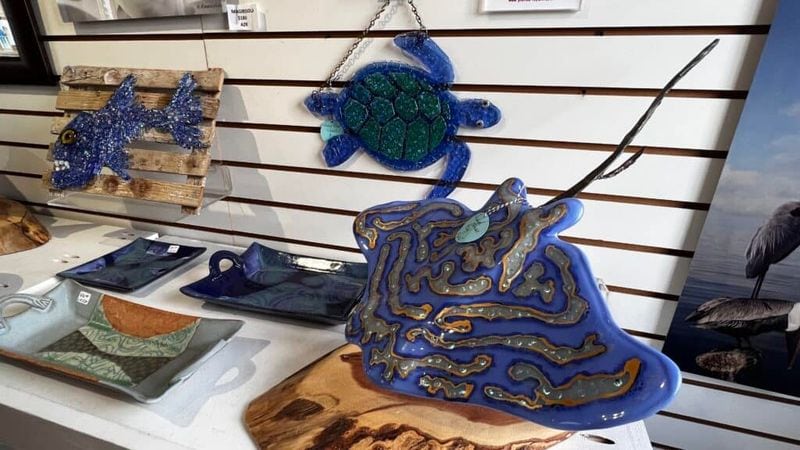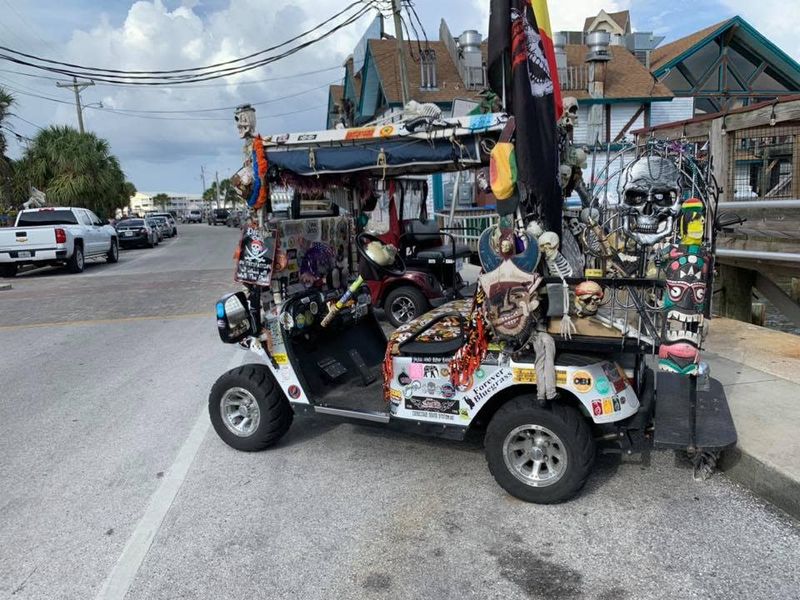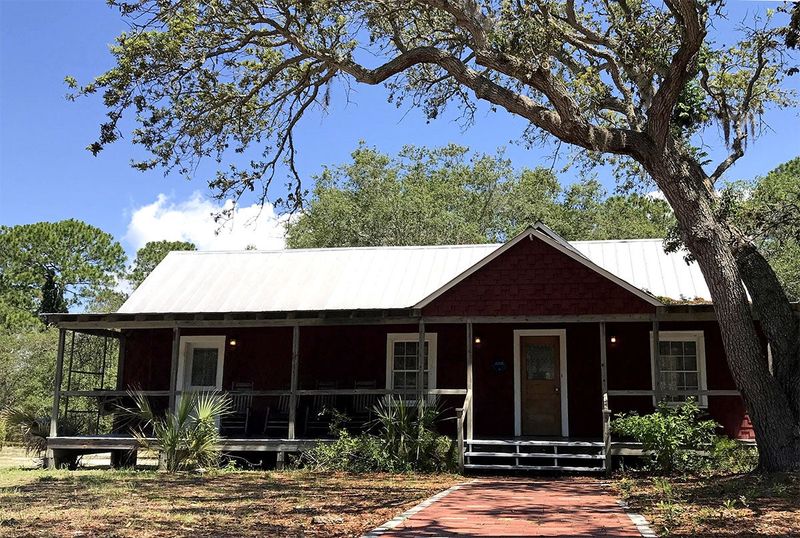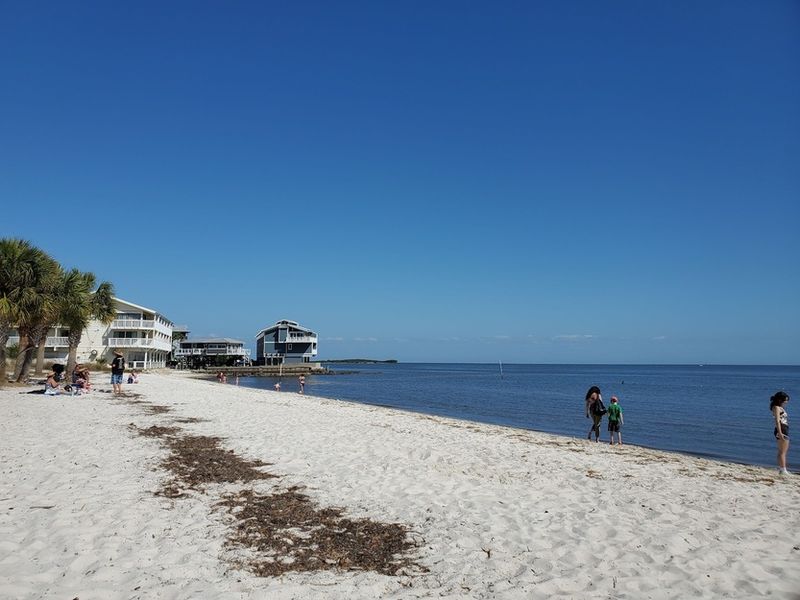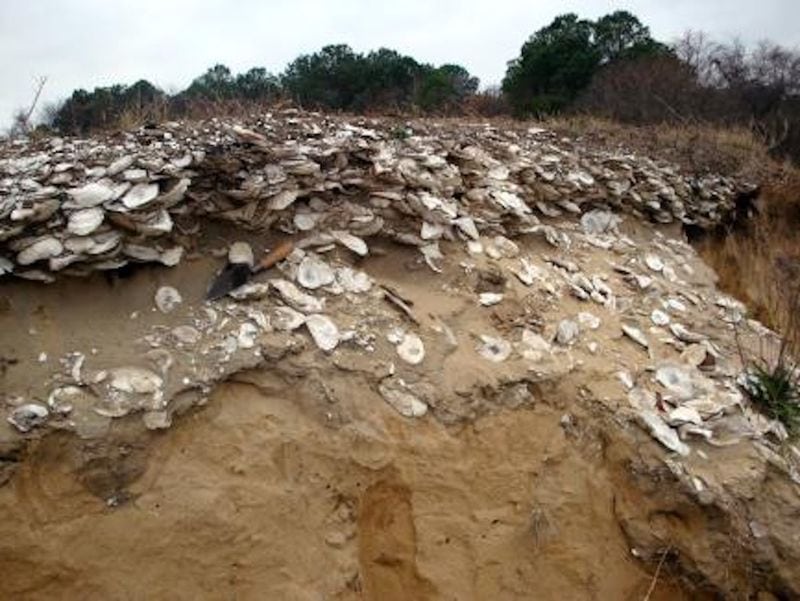Tucked away on Florida’s Gulf Coast lies Cedar Key, a charming fishing village where clocks seem to tick a little slower. With fewer than 1,000 year-round residents, this island community offers a rare glimpse of unspoiled “Old Florida” that big tourist destinations can’t match. From pristine wildlife refuges to fresh-from-the-boat seafood, Cedar Key delivers authentic coastal experiences without the crowds.
Paddle to Atsena Otie Key’s Ghost Town
Just a half-mile offshore sits Atsena Otie Key, the original settlement before a devastating 1896 hurricane forced residents to relocate. The short kayak journey reveals a forgotten world waiting to be explored.
Walking trails wind through maritime forests to the crumbling ruins of the Eberhard Faber pencil factory that once fueled the island’s economy. The abandoned cemetery tells silent stories of the hardy pioneers who called this remote outpost home.
Beach enthusiasts will appreciate the pristine shoreline, perfect for collecting shells or simply enjoying solitude. Pack a picnic lunch and spend the day immersed in this perfectly preserved slice of Florida history. Remember to bring water and sun protection, as no facilities exist on this undeveloped island managed by the Cedar Keys National Wildlife Refuge.
Explore Cedar Keys National Wildlife Refuge
Spanning 13 islands across nearly 800 acres, this protected sanctuary represents one of Florida’s most pristine coastal ecosystems. The refuge serves as critical habitat for over 200 bird species, making it a paradise for wildlife photographers and birdwatchers.
Great blue herons stalk the shallows while osprey dive dramatically for fish. During spring migration, the refuge transforms into a colorful pageant as warblers, tanagers, and other songbirds pass through on their northward journey.
The islands’ isolation has preserved rare plant communities, including ancient slash pines and salt-tolerant vegetation found nowhere else in the region. Local tour operators offer guided boat excursions that provide fascinating ecological insights while respecting wildlife boundaries. Morning visits offer the best lighting for photography and increased animal activity.
Step Back in Time at the Island Hotel
Built in 1859 as a general store and transformed into a hotel by 1901, this historic structure has witnessed Cedar Key’s entire modern history. The two-story building with its distinctive wrap-around balcony stands as the town’s most recognizable landmark.
Inside, ten unique guest rooms maintain their Victorian character with antique furnishings and deliberately uneven floors that speak to the building’s age. The Neptune Bar downstairs features a mesmerizing mural painted in the 1940s by local artist Bessie Gibbs, depicting the sea god and his court in vibrant detail.
Ghost enthusiasts take note – the hotel embraces its reputation for paranormal activity! Even if you’re not staying overnight, stop by for a drink or dinner in the dining room, where the heart pine walls have absorbed generations of island stories.
Feast on World-Famous Clam Chowder
Cedar Key leads Florida’s clam aquaculture industry, producing millions of farm-raised clams annually in the clean Gulf waters. This sustainable seafood has put the tiny island on the culinary map, with Tony’s Seafood Restaurant claiming multiple world championships for their signature clam chowder.
The creamy New England-style recipe features tender Cedar Key clams, potatoes, and a secret blend of spices that keeps visitors coming back. The restaurant’s unassuming appearance belies its international reputation – their chowder has taken home the Knorr Great Chowder Cook-Off prize three years running.
Beyond Tony’s, waterfront establishments like Steamers and 83 West serve their own delectable clam dishes with spectacular sunset views. For the ultimate local experience, time your visit during October’s Seafood Festival when the island celebrates its maritime heritage with fresh catches and live music.
Discover Cedar Key’s Artistic Soul
Something about Cedar Key’s dreamy isolation and stunning natural light has long attracted creative spirits. The island nurtures a thriving art scene disproportionate to its tiny population.
The Cedar Keyhole Artist Co-op showcases works from over 25 local artisans, offering everything from handcrafted jewelry to cypress wood carvings. Nearby, the Cedar Key Arts Center hosts rotating exhibitions, workshops, and the popular Old Florida Celebration of the Arts each April, drawing talented creators from across the Southeast.
Gallery hopping becomes an adventure as you wander the compact downtown, where historic buildings house studios where artists often work in plain view. Many pieces capture Cedar Key’s distinctive landscapes – osprey nests atop channel markers, weathered fishing boats, and golden marshes at sunset. Collectors appreciate the authentic connection to place evident in locally-produced art.
Navigate the Island on Golf Cart Highways
Forget conventional transportation – golf carts rule Cedar Key’s relaxed roadways! The island’s compact two-square-mile footprint makes these whimsical vehicles the perfect way to explore every corner of this laid-back community.
Rental shops along Dock Street offer hourly or daily rates, providing a fun alternative to walking, especially during Florida’s warmer months. The gentle pace matches Cedar Key’s unhurried vibe, allowing spontaneous stops whenever a scenic view or interesting shop catches your eye.
Local ordinances permit golf carts on all streets except State Road 24 (the main bridge approach), with designated crossing points clearly marked. Residents have embraced this eco-friendly transportation, decorating their personal carts with creative flair – from tropical paint schemes to twinkling lights. Join the parade of carts at sunset heading toward the western shore for nature’s nightly show.
Uncover History at Cedar Key Museum State Park
Florida’s fascinating past comes alive at this compact but content-rich museum housed in St. Clair Whitman’s restored 1920s home. The passionate local collector amassed an impressive array of artifacts that tell Cedar Key’s multifaceted story.
Exhibits chronicle the area’s transformation from prehistoric Native American settlement to 19th-century industrial center for pencil manufacturing and lumber export. Whitman’s personal collection of seashells from around the world dazzles visitors, while period furnishings transport you to Cedar Key’s heyday as a vital railroad terminus.
Outside, a short nature trail winds through coastal hammock to the Whitman family home, preserved as it appeared in the early 20th century. The museum provides context for many historic structures you’ll encounter throughout town. Don’t miss the fascinating display on the Eberhard Faber pencil factory that once employed much of the population.
Experience Tranquility at Cedar Key Beach
Unlike Florida’s famous wide sandy beaches, Cedar Key’s shoreline offers a different coastal experience – intimate, peaceful, and perfectly suited to the island’s character. The main public beach at City Park (affectionately called “Lil’ Shark Park” by locals) provides a compact but charming spot to enjoy the Gulf.
The shallow, protected waters make this beach ideal for families with young children. Picnic tables beneath shade trees offer respite from the sun, while the adjacent playground keeps little ones entertained.
What this beach lacks in size, it makes up for with spectacular sunsets that paint the sky in brilliant oranges and pinks. Bring your camera! At low tide, the exposed sandbars create natural wading pools teeming with marine life – perfect for young explorers with nets and buckets. The beach’s west-facing orientation guarantees a front-row seat to nature’s nightly light show.
Marvel at the Ancient Shell Mound
Rising mysteriously from the coastal landscape, the Shell Mound archaeological site stands as testament to the indigenous peoples who called this region home for thousands of years before European arrival. Located in the Cedar Key Scrub State Reserve just north of town, this massive structure was built entirely from discarded oyster shells.
A well-maintained boardwalk trail guides visitors around and over portions of the mound, offering informative signage about its cultural significance. The Timucua people constructed this impressive feature over generations, creating a ceremonial and practical elevated space in an otherwise flood-prone environment.
From the trail’s highest point, panoramic views stretch across salt marshes to the Gulf beyond. Birdwatchers should bring binoculars – the surrounding wetlands attract diverse species year-round. The hushed atmosphere encourages reflection on the area’s deep human history and connection to these coastal resources.
Embrace Serenity at Sunset on Dock Street
As golden hour approaches, locals and visitors alike gravitate toward Cedar Key’s historic waterfront for the daily sunset ritual. Dock Street, with its weathered wooden piers extending into the Gulf, provides the perfect vantage point for nature’s spectacular evening performance.
The working waterfront comes alive with a mix of commercial fishing boats returning with the day’s catch and pleasure craft gliding back to harbor. Pelicans perch on pilings while dolphins often make appearances, adding wildlife drama to the colorful sky show.
Waterfront restaurants like 83 West and Big Deck Raw Bar offer front-row seats to this natural spectacle, their outdoor decks filling quickly before sunset. For a more solitary experience, bring a blanket to Tony’s Seafood Restaurant’s small adjacent beach. The silhouettes of distant barrier islands create a dramatic backdrop as the sun makes its final descent into the Gulf waters.
